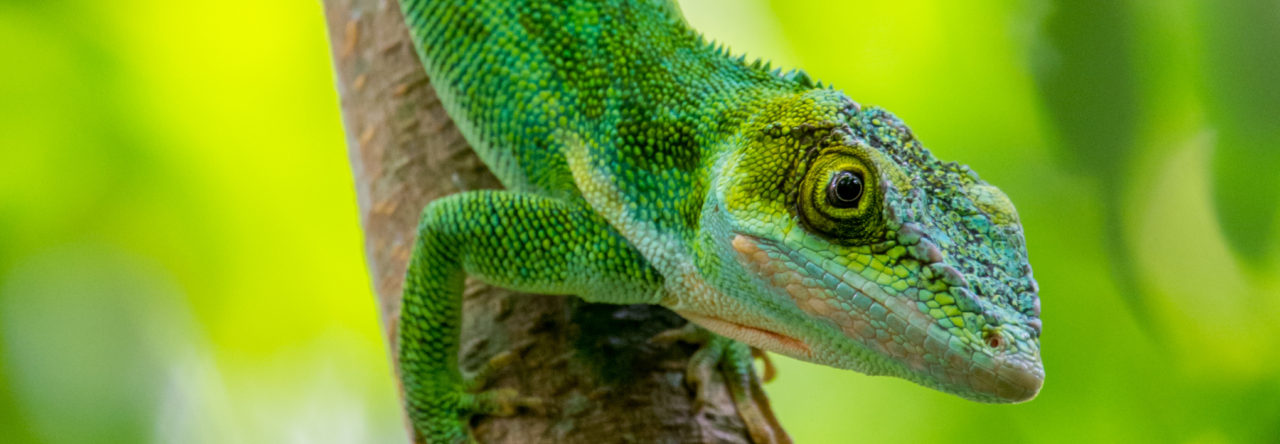
Photo: Wouter Beukema, iNaturalist
So I’ve been reading a lot of anole papers, aside from the ones I normally read for fun (can’t believe I read papers for fun now), and I found an anole that’s pretty similar to two anoles I’ve looked at before but also still unusual.
Welcome back by the way. Nice to have to you here again.
This week is a third little cave anole, Anolis alvarezdeltoroi, or the Mexican cave anole. Mexican cave anoles live in a similar karst limestone habitat like Anolis bartschi and Anolis lucius and are often found deep inside caves, occasionally sleeping from the roof it. They may also perch from vegetation in or around the caves, particularly as juveniles.
Photo: Daniel Pineda Vera, iNaturalist
Like the other two anoles, the Mexican cave anole has a similar short body/long hindleg morphology. In a paper redescribing the species, the average SVL of the male anoles they measured was 53.3-74.0 mm, and 49.6-66.5 mm in females.
They seem to rely heavily on the karst habitat with healthy populations being found in areas with diminished forest but intact limestone/cave areas.
Male Mexican cave anoles have dark red dewlaps with white lateral rows of scales, while females have smaller black dewlaps with a similar pattern.
Photo: Arístides García Vinalay, iNaturalist
Please read the paper redescribing this anole here! For a while there was only a specimen available of it and not much info, but they worked on it and you should check it out. I wouldn’t have been able to write this if it wasn’t for them.


















